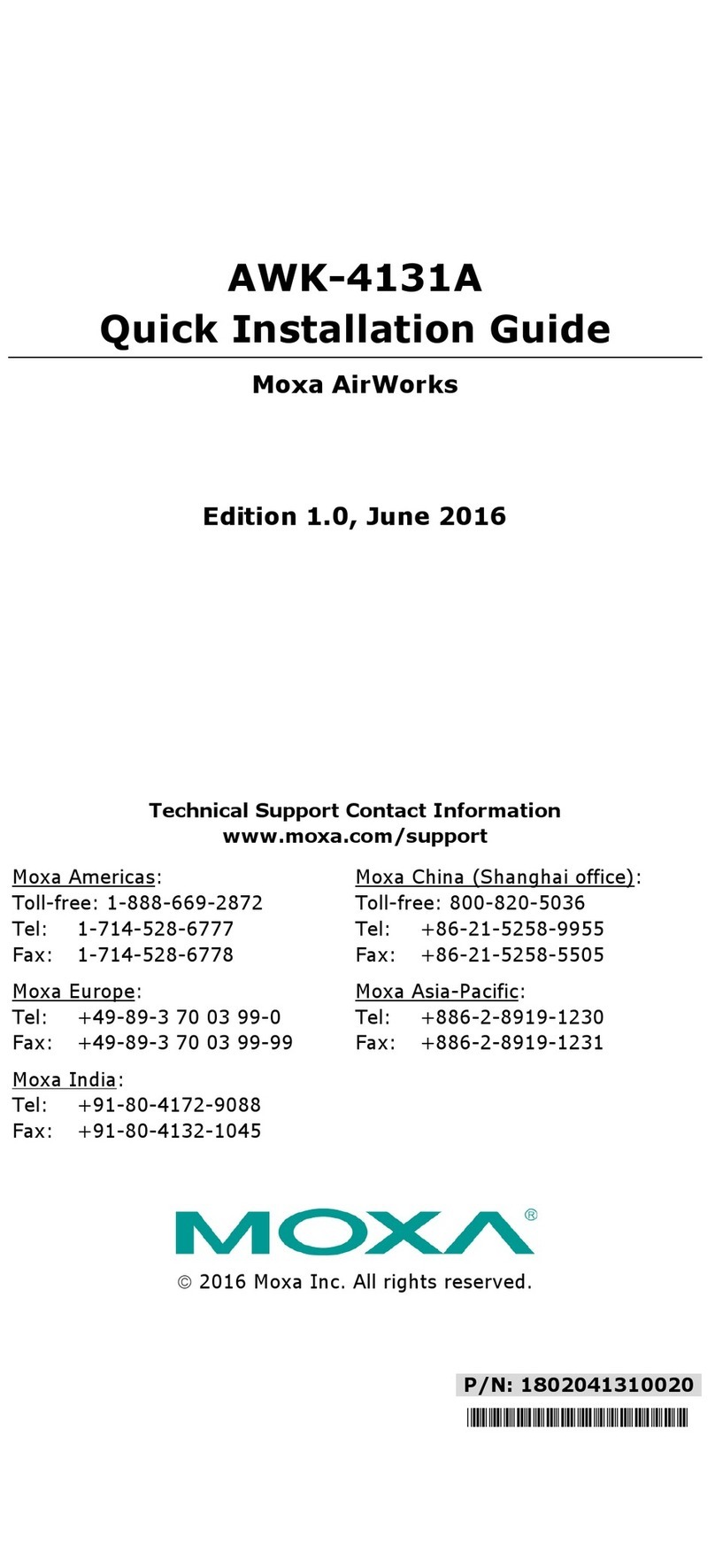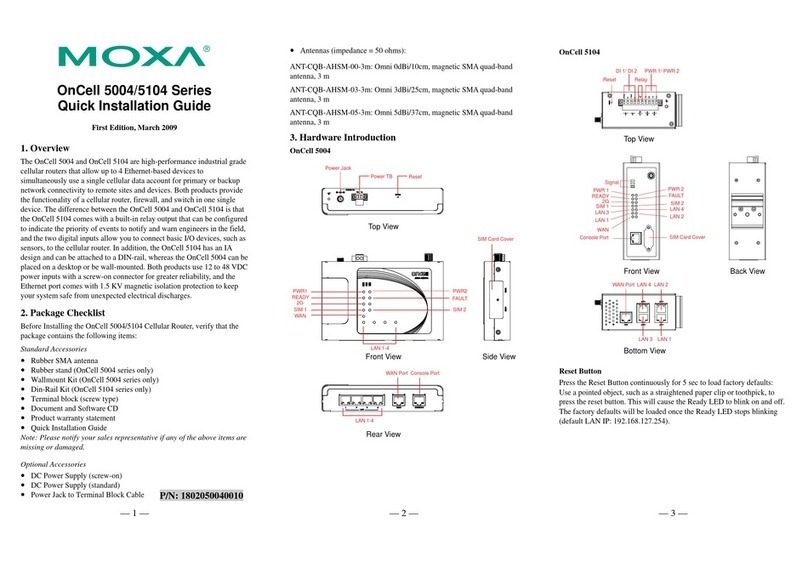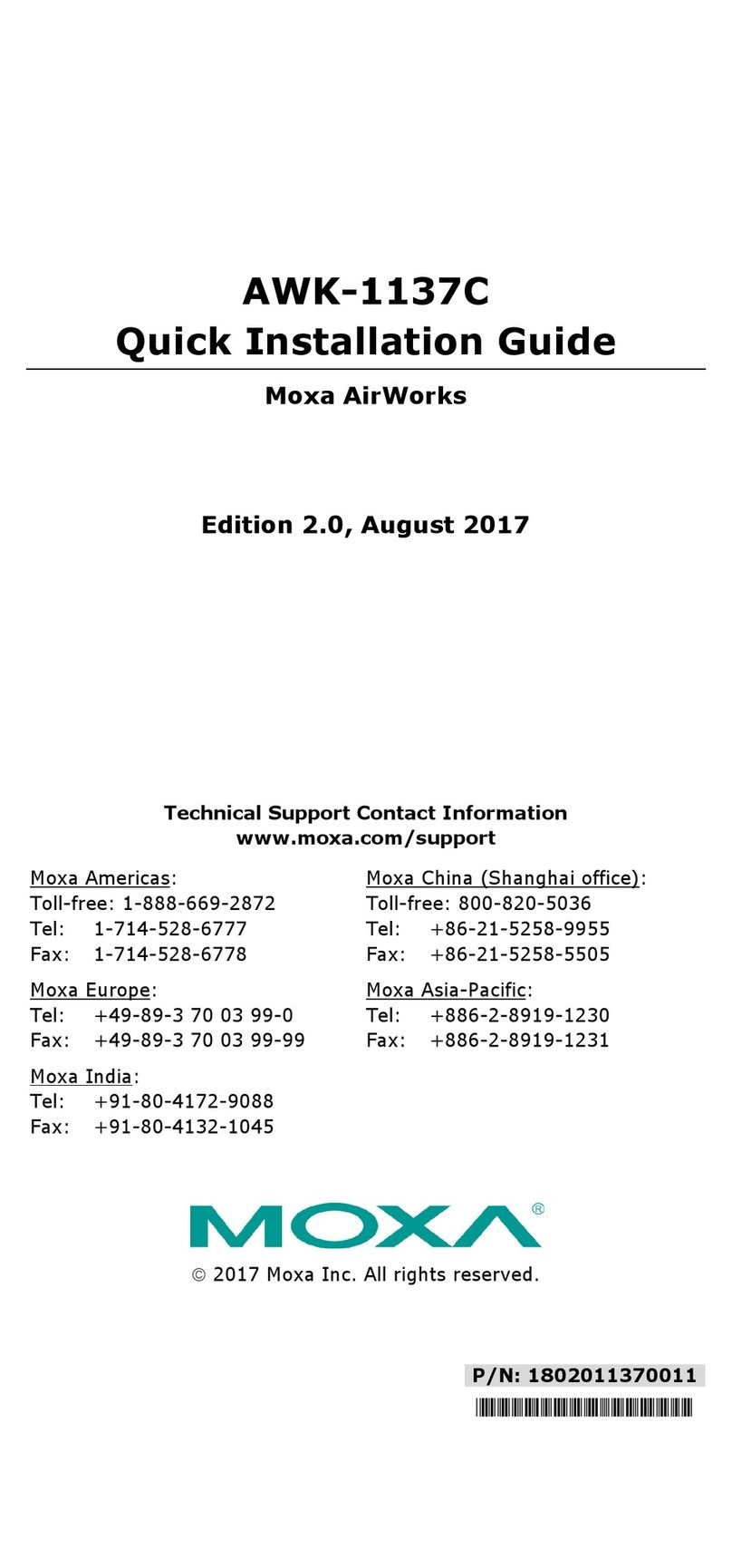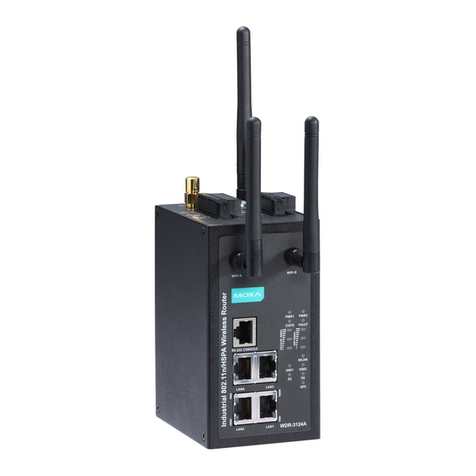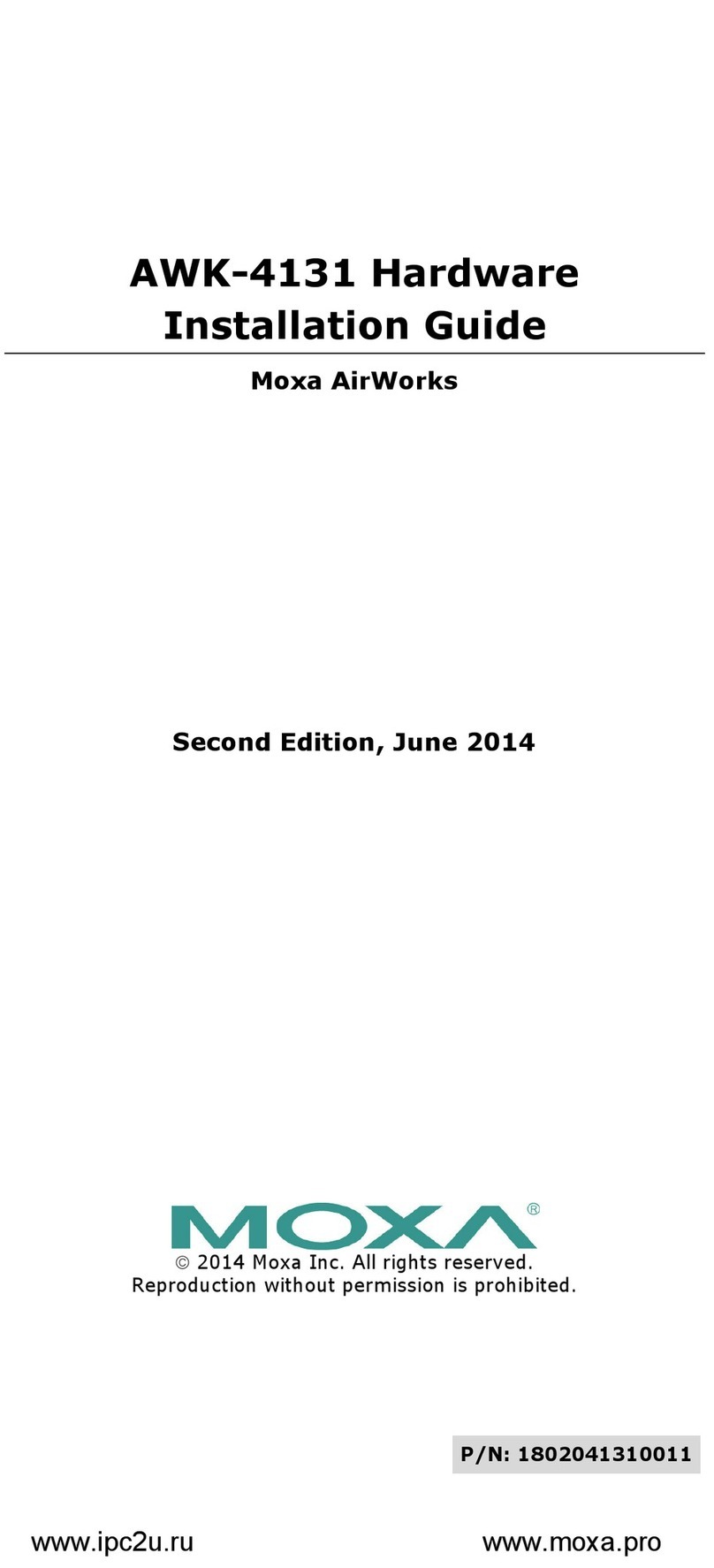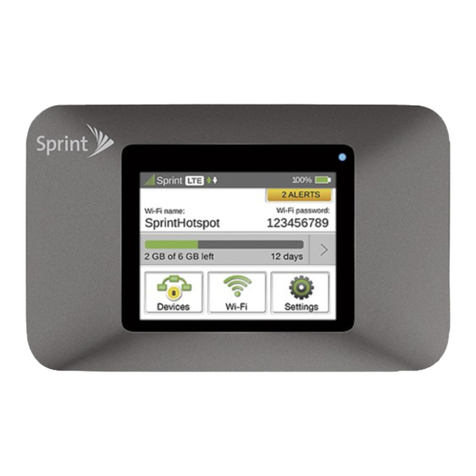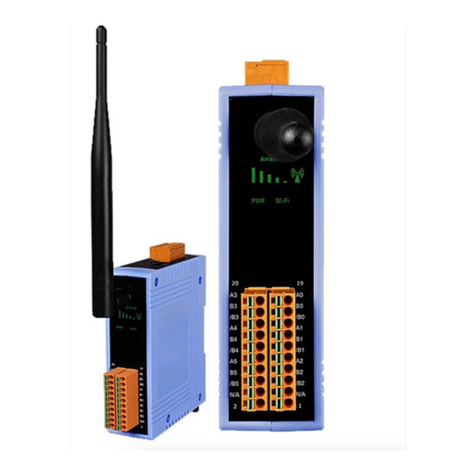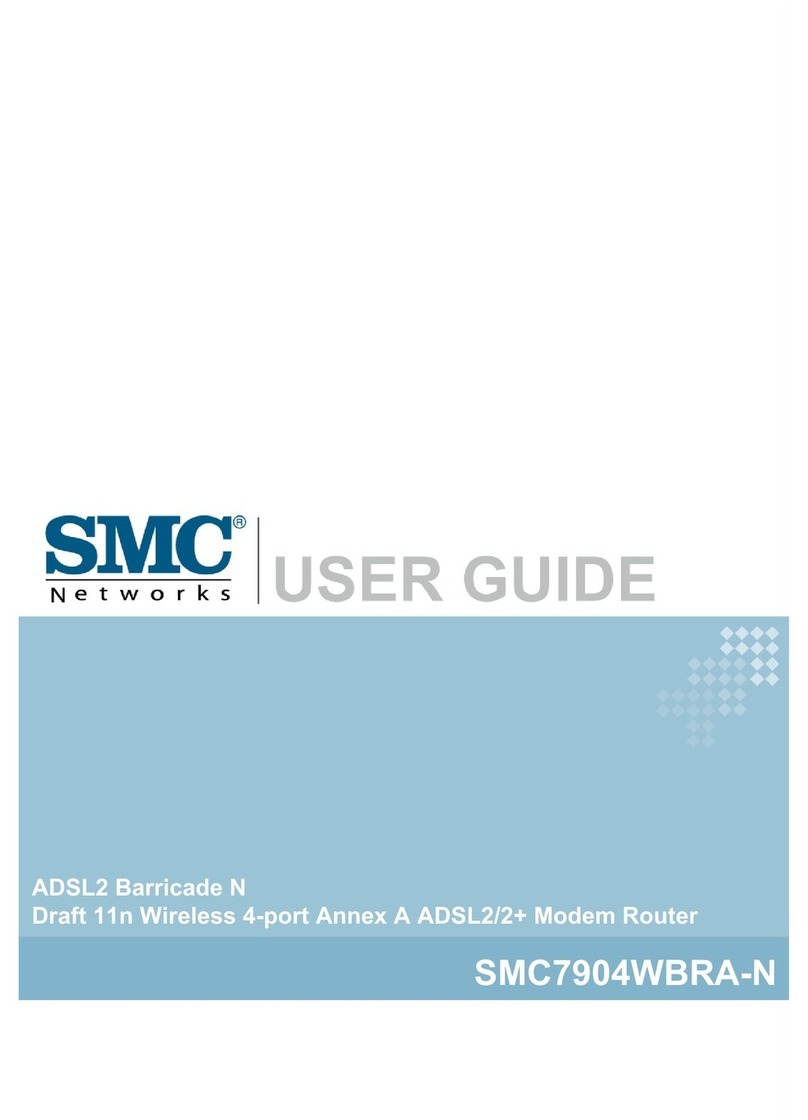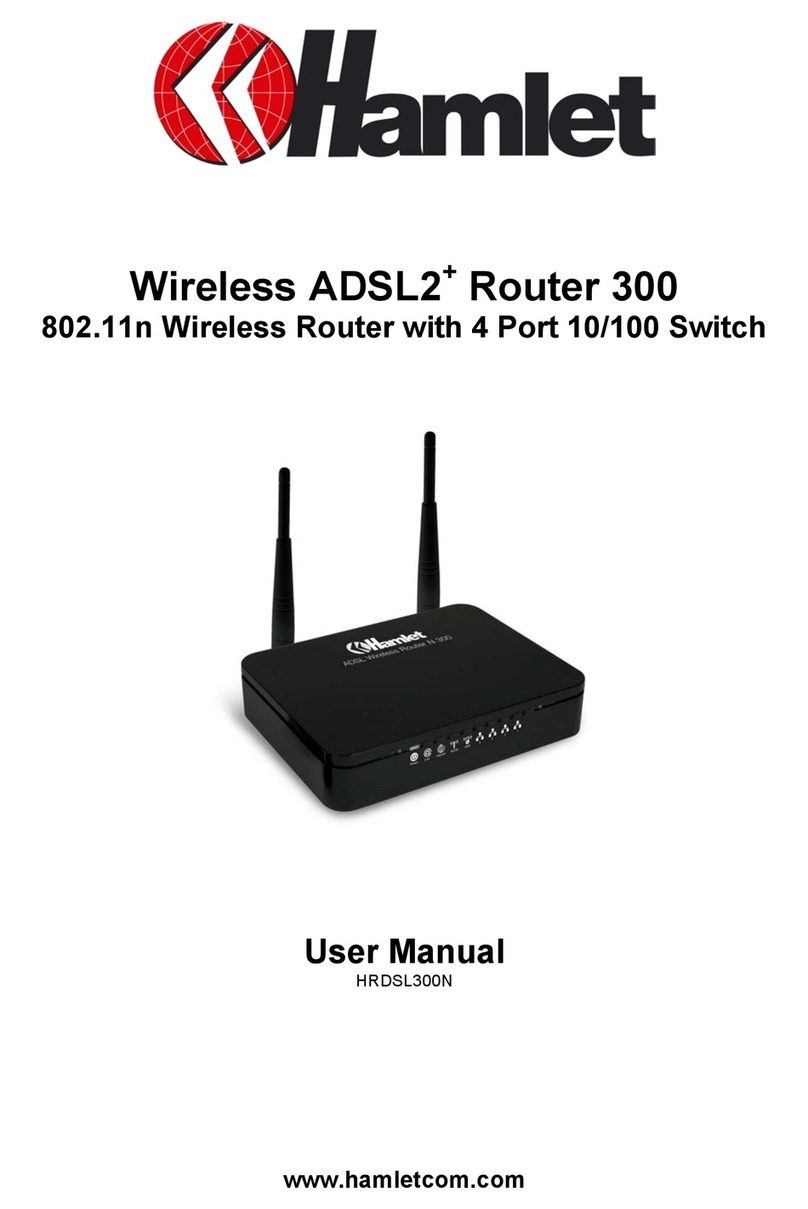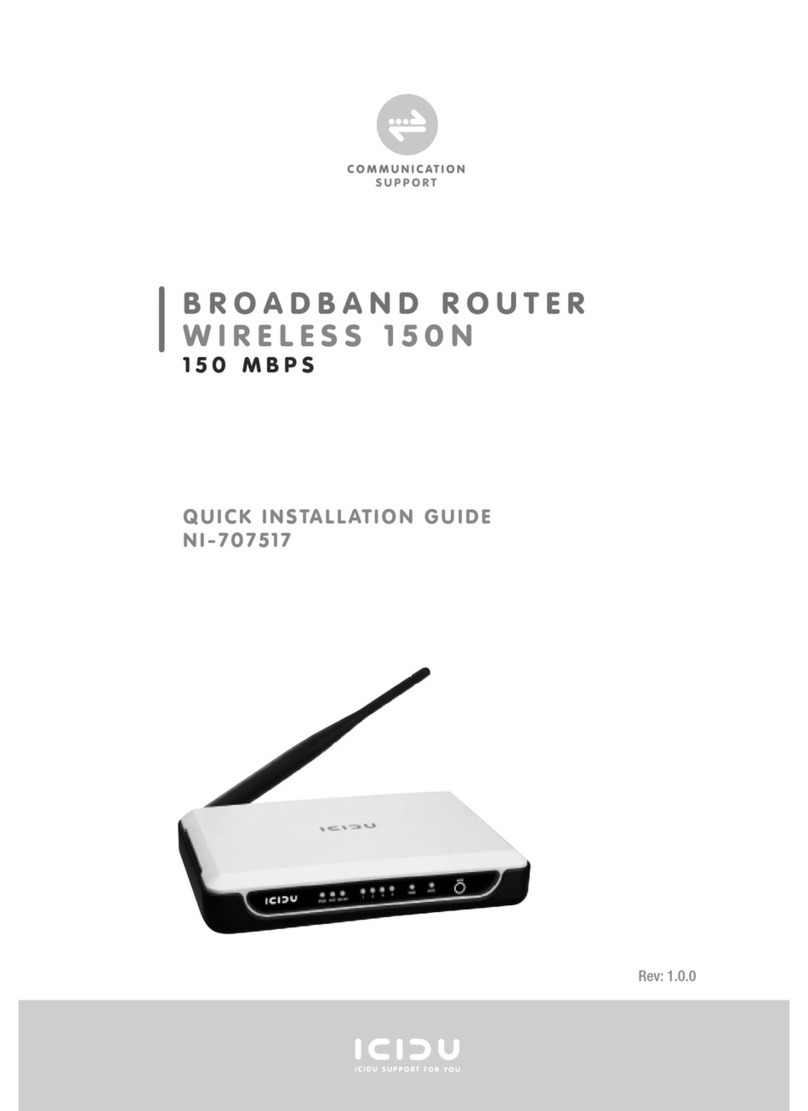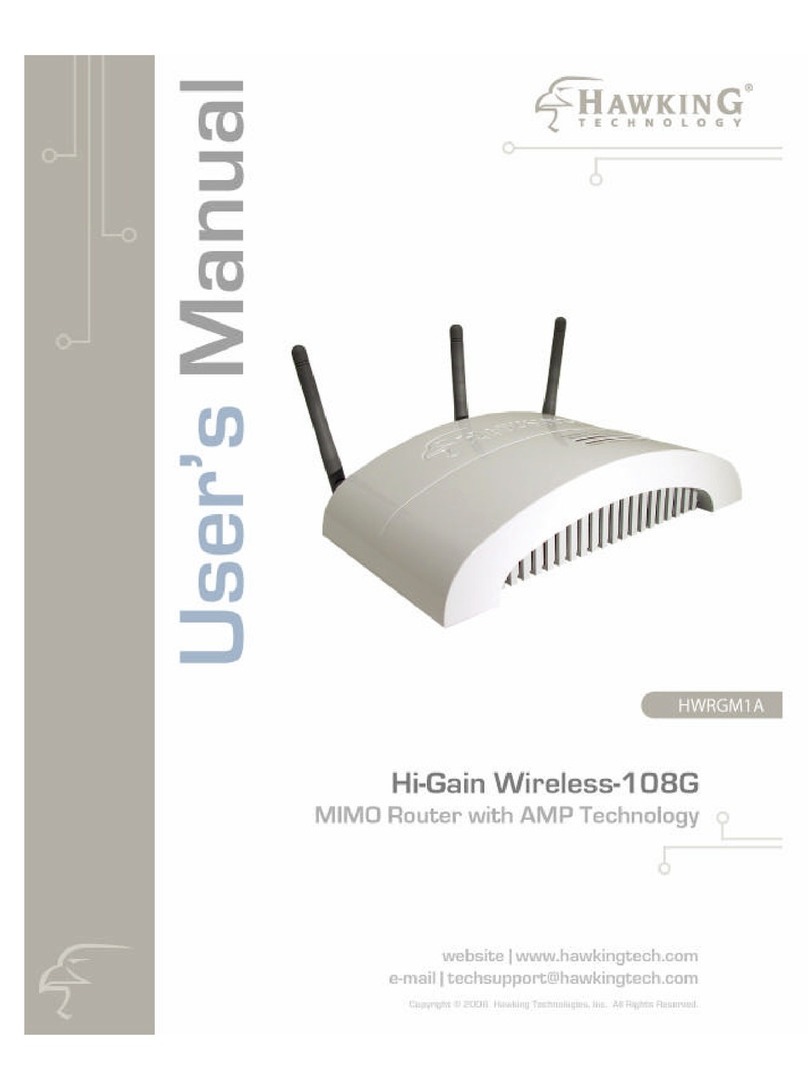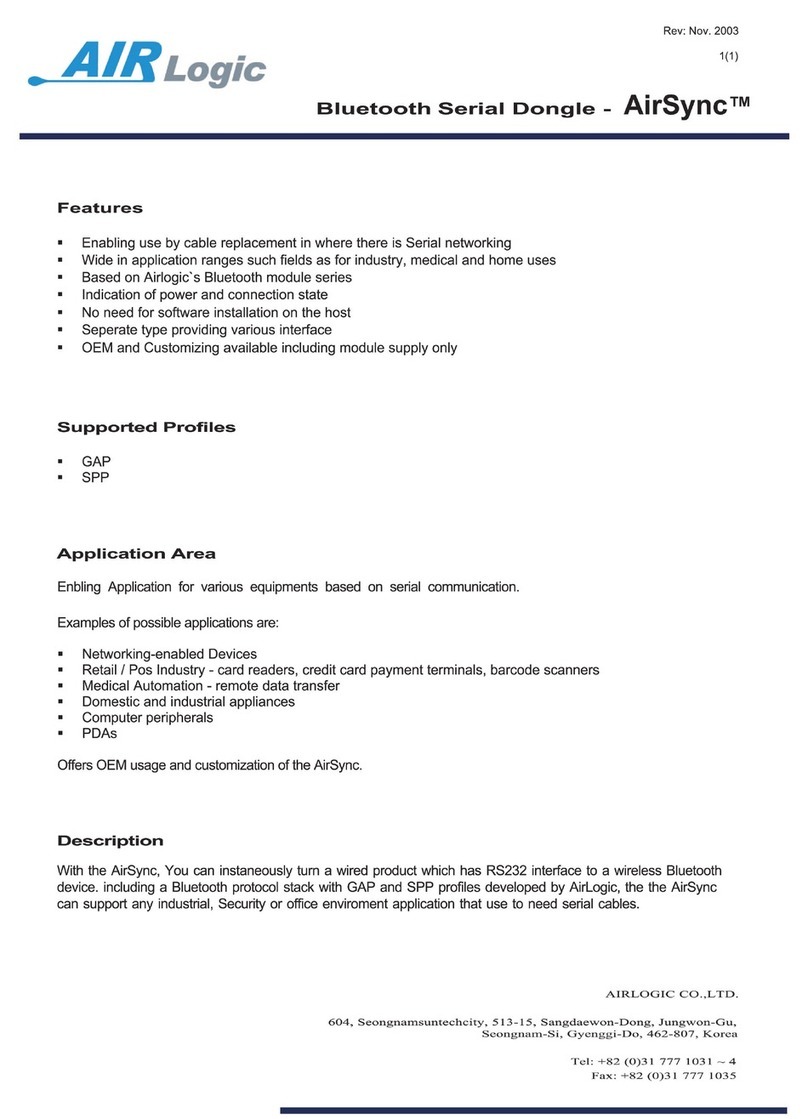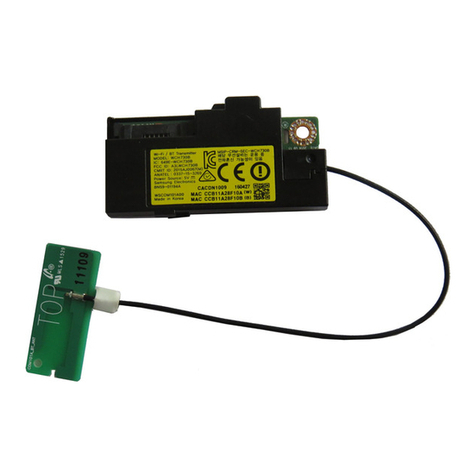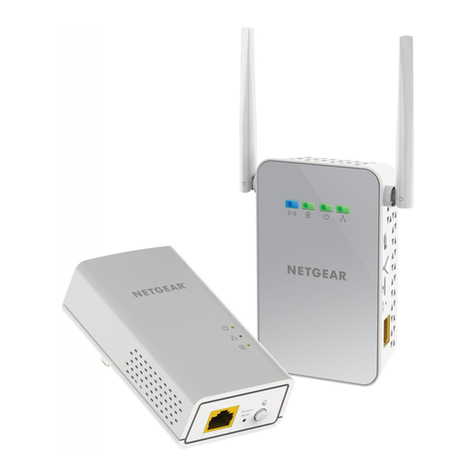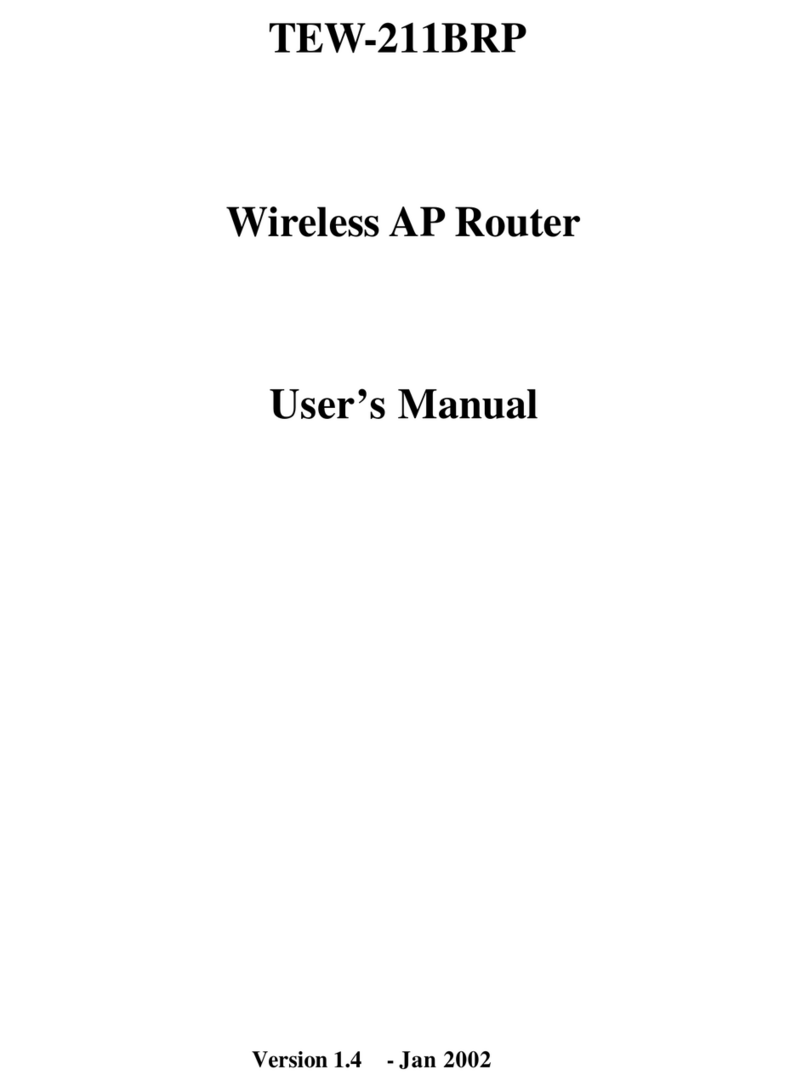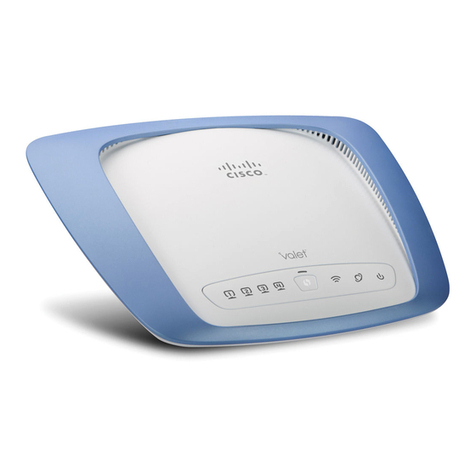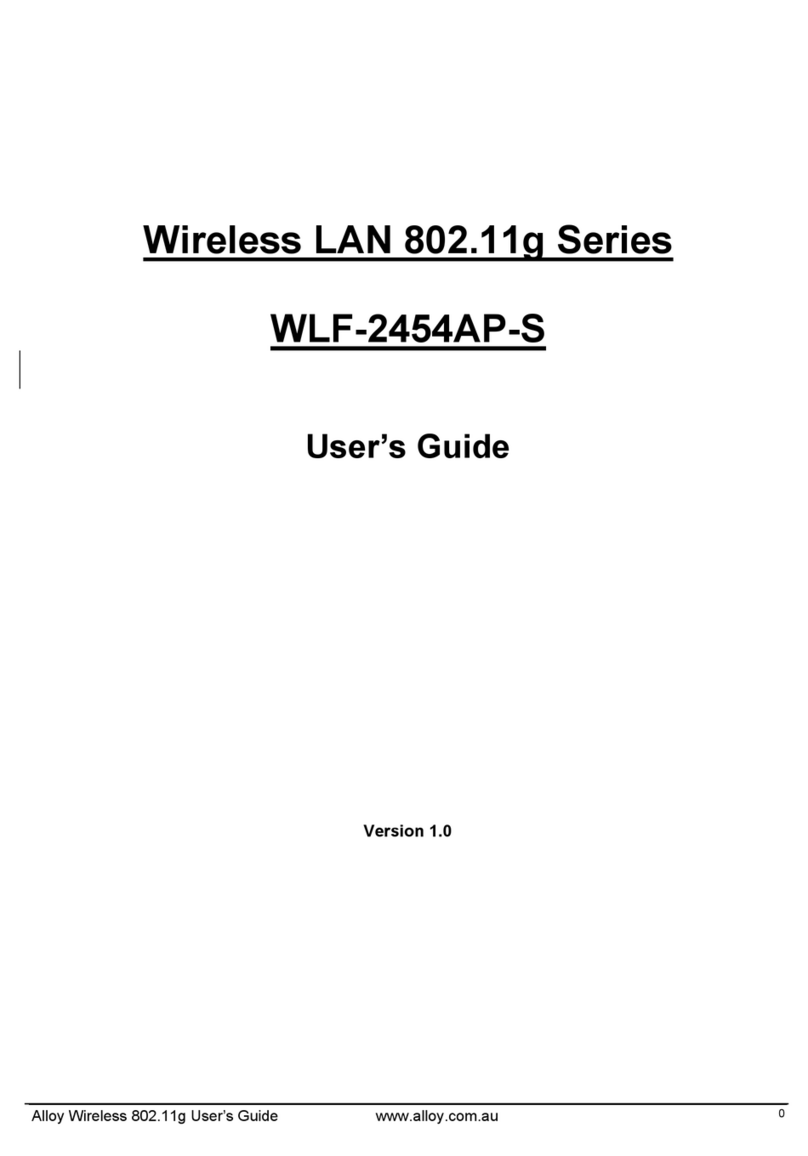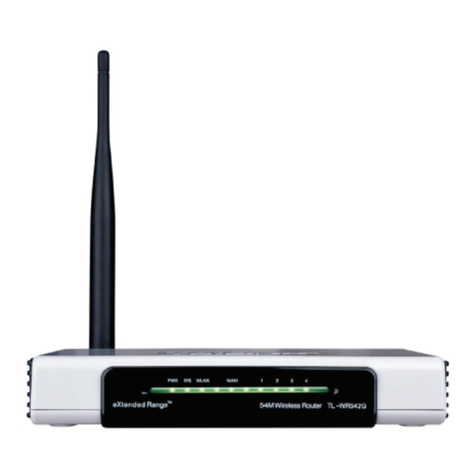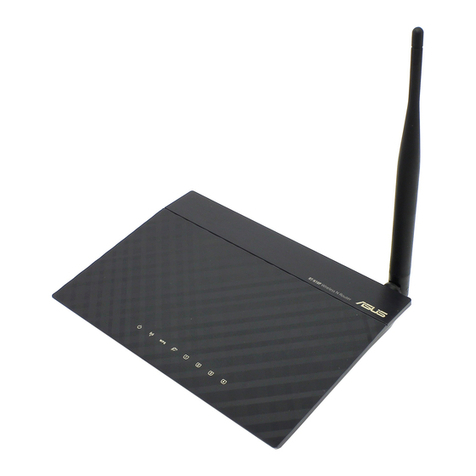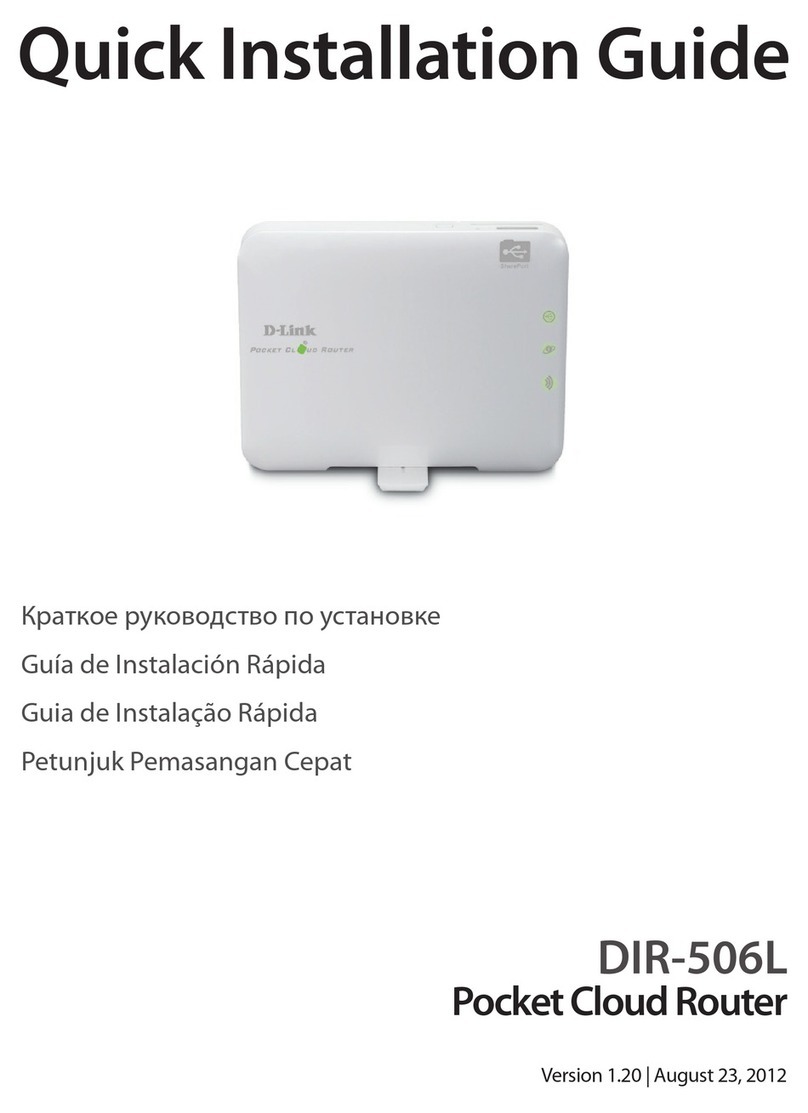- 3 -
Recommended SFP Accessories
SFP-1G series
•SFP-1GSXLC:
Small form factor pluggable transceiver with 1000BaseSX, LC, 0.5 km,
0 to 60°C.
•SFP-1GSXLC-T:
Small form factor pluggable transceiver with 1000BaseSX, LC, 0.5 km,
-20 to 75°C.
•SFP-1GLSXLC:
Small form factor pluggable transceiver with 1000BaseLSX, LC, 2 km,
0 to 60°C.
•SFP-1GLSXLC-T:
Small form factor pluggable transceiver with 1000BaseLSX, LC, 2 km,
-40 to 85°C.
•SFP-1GLXLC:
Small form factor pluggable transceiver with 1000BaseLX, LC, 10 km,
0 to 60°C.
•SFP-1GLXLC-T:
Small form factor pluggable transceiver with 1000BaseLX, LC, 10 km,
-40 to 85°C.
•SFP-1GLHLC:
Small form factor pluggable transceiver with 1000BaseLH, LC, 30 km,
0 to 60°C.
•SFP-1GLHLC-T:
Small form factor pluggable transceiver with 1000BaseLH, LC, 30 km,
-40 to 85°C.
•SFP-1GLHXLC:
Small form factor pluggable transceiver with 1000BaseLHX, LC, 40
km, 0 to 60°C.
•SFP-1GLHXLC-T:
Small form factor pluggable transceiver with 1000BaseLHX, LC, 40
km, -40 to 85°C.
•SFP-1GZXLC:
Small form factor pluggable transceiver with 1000BaseZX, LC, 80 km,
0 to 60°C.
•SFP-1GZXLC-T:
Small form factor pluggable transceiver with 1000BaseZX, LC, 80 km,
-40 to 85°C.
•SFP-1GEZXLC:
Small form factor pluggable transceiver with 1000BaseEZX, LC, 110
km, 0 to 60°C.
•SFP-1GEZXLC-120:
Small form factor pluggable transceiver with 1000BaseEZX, LC, 120
km, 0 to 60°C.
